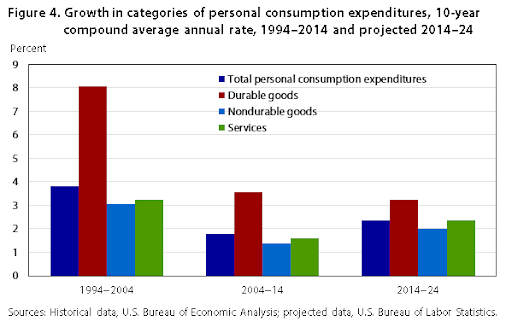The U.S. Economy at a Glance in 2024
Introduction
As 2024 unfolds, the U.S. economy presents a complex picture of resilience and uncertainty. After navigating the challenges of the COVID-19 pandemic and its aftermath, the U.S. has shown remarkable recovery in some areas, while others continue to face headwinds. This article provides an overview of the current state of the U.S. economy, highlighting key trends, challenges, and opportunities.
The Importance of Understanding the U.S. Economy
Understanding the state of the U.S. economy is crucial for businesses, policymakers, and individuals alike. Economic conditions influence job creation, inflation rates, and interest rates, which in turn affect everyday financial decisions, from household budgets to business investments. Moreover, as the largest economy in the world, the U.S. economic landscape has a significant impact on global markets and economic stability.
Current State of the U.S. Economy
GDP Growth and Employment
The U.S. economy continues to demonstrate moderate GDP growth, driven by robust consumer spending and technological advancements. The unemployment rate has remained relatively low, reflecting a strong labor market, although some industries still grapple with skill shortages and the lingering effects of pandemic-induced disruptions.
Inflation and Interest Rates
Inflation has been a major concern in recent years, but 2024 has seen signs of stabilization. The Federal Reserve's monetary policies have aimed to balance inflation control with economic growth, leading to a cautious approach to interest rate adjustments. These policies aim to maintain consumer purchasing power while supporting business investments.
Technological Advancements
Technological innovations continue to be a driving force in the U.S. economy. Sectors such as artificial intelligence, renewable energy, and biotechnology have attracted significant investments, contributing to economic growth and job creation. However, these advancements also raise concerns about labor market displacement and the need for workforce reskilling.
Pros of the Current Economic Situation
- Strong Labor Market: Low unemployment rates indicate a healthy job market, providing opportunities for workers and supporting consumer confidence.
- Technological Innovation: Advances in technology are driving productivity and creating new industries, enhancing economic growth potential.
- Resilient Consumer Spending: Despite past challenges, consumer spending remains a key driver of economic growth, reflecting household confidence.
Cons of the Current Economic Situation
- Inflationary Pressures: Although inflation is stabilizing, it remains a concern, affecting the cost of living and eroding purchasing power.
- Income Inequality: Economic gains have not been evenly distributed, with income inequality persisting as a significant challenge.
- Geopolitical Tensions: Ongoing geopolitical uncertainties, including trade disputes and international conflicts, pose risks to economic stability.
Conclusion
In 2024, the U.S. economy stands at a critical juncture, characterized by both opportunities and challenges. While economic indicators suggest resilience and growth potential, concerns about inflation, inequality, and geopolitical tensions remain. Policymakers, businesses, and individuals must navigate this complex landscape to ensure sustained economic prosperity and stability. As the year progresses, the adaptability and innovation of the U.S. economy will be key to overcoming these challenges and seizing emerging opportunities.
This article provides an overview of the key aspects of the U.S. economy in 2024, highlighting both its strengths and challenges. Let me know if there's anything else you need!





No comments:
Post a Comment